Floating Islands, or a guide to the tourist attractions of Lake Titicaca
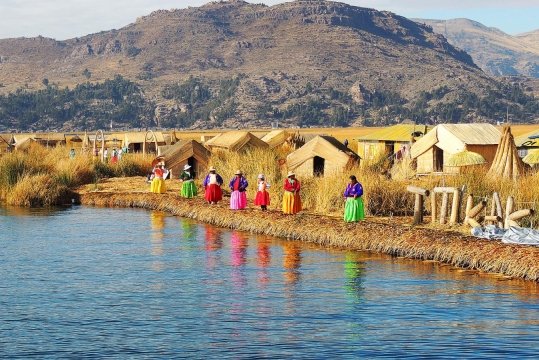
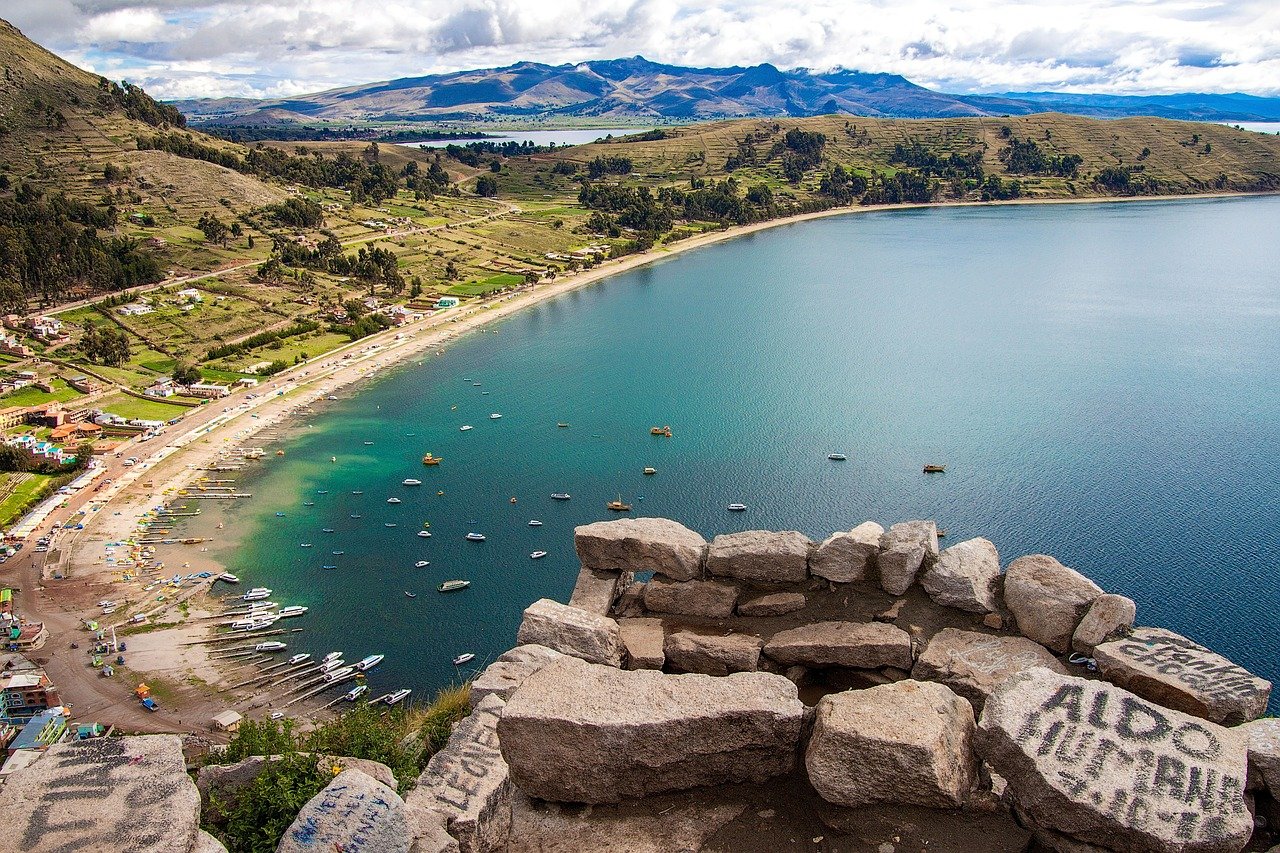
Sometimes I have the impression that Peruvians share a mania for size with Americans - after all, in Peru you can find not only the Colca canyon, the deepest (possible to visit) canyon in the world, or the Inca Trail leading to the Machu Picchu, which is the most expensive Andes trail, but also the highest located navigable lake of the world. Actually, this third record is shared by Peru with Bolivia, which holds roughly half of the Titicaca area and most of the islands.
Although visiting the lake is possible from the Bolivian side (where the large Capacabone resort is located), if you decide to visit Titicaca, first of all, I encourage you to choose the Peruvian city of Puno, which is simply cheaper and more interesting than its Bolivian counterpart.
The little doubt in the paragraph above did not come out of nowhere. Titicaca is one of the "postcard" tourist locations not only in Peru, but also throughout South America, and most paper guides treat visiting the lake as a mandatory activity. Browsing internet, however, I met with a large dose of skepticism and the opinions of travelers disappointed by the lake, and even directly advising against a visit. I will try to confront their assessment with my impressions from the trip on Lake Titicaca, and also tell you about the most interesting tourist attractions in that region of Peru.
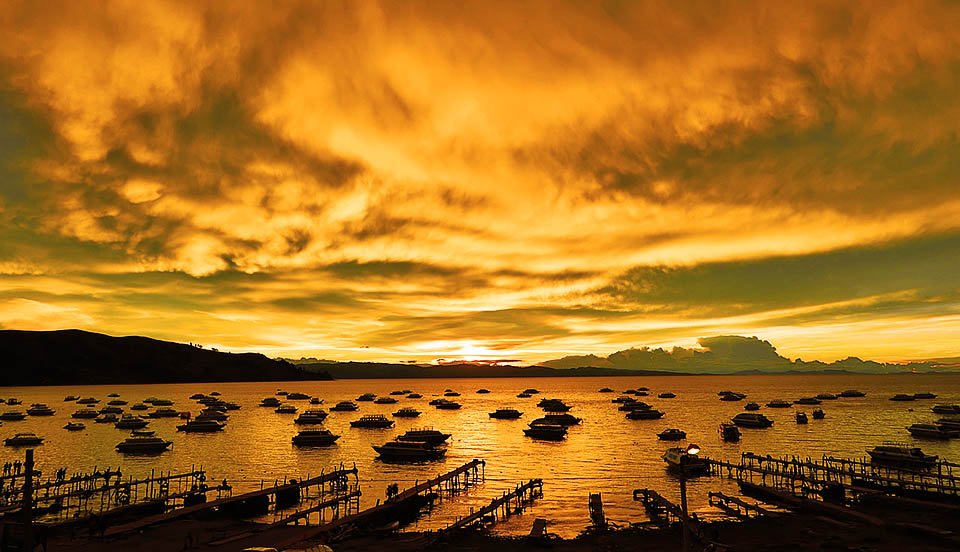
Lake Titicaca - facts and myths
Not only is Titicaca the highest navigable lake on Earth, but it also boasts the record of the largest alpine lake in the world. I will spare you the detailed history of the creation of the water reservoir, you cna always check it in Wikipedia, but I would like to add that there are several natural islands in the lake, as well as several dozen artificial islands made of bulrush (a swamp plant similar to calamus) by the local Uro Indians.
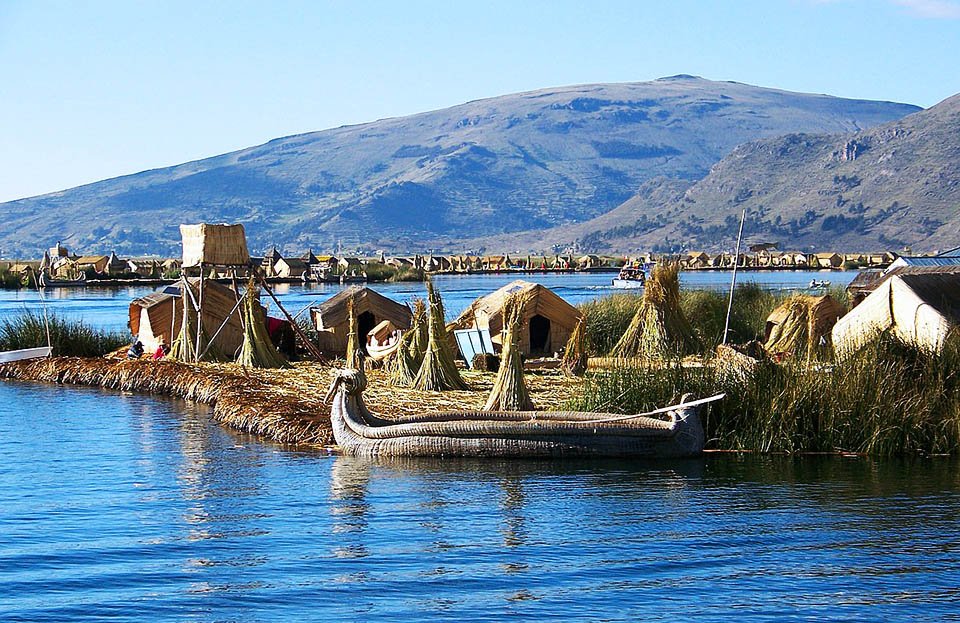
Floating Islands
It is the Floating Islands that are Titicaca's greatest attraction, along with the naturally formed Sun Island. While the second one is already on the territory of Bolivia, artificial islands are scattered around different parts of the lake. On the Island of the Sun and on the shores of the lake, you can find Inca ruins in amazingly good condition, as well as several other tourist attractions, including the statue of Our Lady, Protector of the Lake, important to Catholic pilgrims, found in Bolivian Copacabana. The lake is very cold (approx. 10-11 degrees Celsius), so you probably will not want swimming or doing other water sports.
A guide to Puno, Peru
As I have already mentioned, the main tourist destination on the Peruvian side is Puno, with a population of 100,000, although tourists also stop in the nearby village of Chucito. As for accommodation, I encourage you to use smaller, often family-run hostels in the middle of the city, away from the expensive waterfront. As Puno is small, you can easily move around the city with your own legs or local city buses.
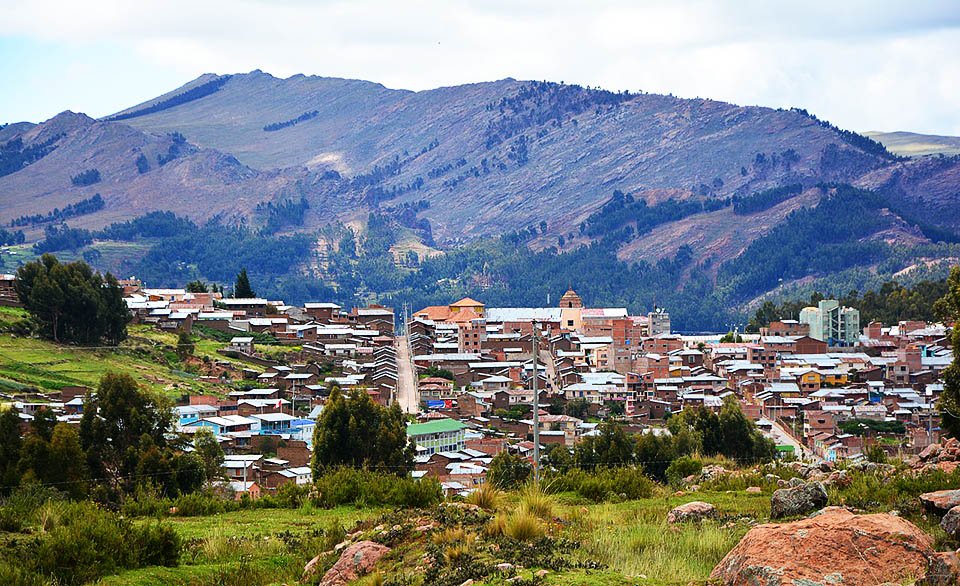
The city reminded me of Zakopane (Polish tourist city in mountains) - it is colorful and beautiful, but also quite expensive, and on the streets you can find dozens of stalls or shops selling plastic souvenirs from China or T-shirts from Bangladesh. In the vicinity of the train station and on the quay, there are touts offering a trip to one of several islands, usually at very high prices. They are particularly persistent in persuading European English-speaking tourists, so it's not worth revealing your knowledge of the language.
In the waterfront area, in the central part of the city, there are also several 'tourist information' which are actually disguised travel agencies preying on tourists' ignorance. You do not have to book your trips in advance, you just need to find a normal-looking travel agency openly presenting its offer, and avoid these touts and tourist information like fire!
What to see in Puno? Sightseeing
There is actually not much to do in Puno itself. The majestic 18th-century City Cathedral (Catedral de Puno), built in the neo-baroque style, is worth attention. It dominates the historic part of the city, the original buildings of which are unfortunately disturbed by several office buildings and two huge shopping malls. Fortunately, the area around the cathedral and the city's main square (Plaza Mayor de Puno) has been preserved in its original state, making it still worth the short walk.

I really enjoyed visiting the Cocaine Museum (Coca Museum & Costumes), which tells not only about the history of cocaine drug production, but also about the importance of coca leaves for the culture of the indigenous people of Peru and Bolivia. It is also worth considering a half-day trip to the perfectly preserved Inca ruins of Sillustani, where you can find the so-called chullpas, or towers where local aristocracy was buried in pre-Columbian times (something like Zoroastrian towers of silence, but chullpas are normal, sealed tombs, not open structures exposing the corpses of birds of prey).

Lake Titicaca Island Guide: Sun Island, Amantaní, Taquile, and Uros Floating Islands
Crème de la crème of Lake Titicaca is that its home to islands that attract hundreds of thousands of tourists every year.
The island of the Sun
The most crowded of them is the Island of the Sun (Isla del Sol), which plays a key role in Inca mythology. The indigenous people of Peru believed that it was the birthplace of the creator Viracocha, as well as the sun and the first Inca couple named Mano Capac and Mama Ocllo.
Since this place is sacred to the decimated Inca people, the island is inhabited by over a thousand Inca descendants. A visit to Isla del Sol is associated primarily with admiring beautiful views (the landscape reminded me of the Greek representations of the topos of Arcadia), visiting several local ruins, as well as a short walk along one of the two available tourist routes. The easiest way to get to the island is by ferry or boat, which depart from Puno every few minutes.

A visit to the Isle of the Sun is payable when leaving the boat, so it is worth preparing 6 soles in cash. On site, you can also stay overnight and eat a traditional Indian dinner. It is perhaps one of the most interesting tourist attractions on Lake Titicaca.
Amantaní and Taquile Islands
Amantaní and Taquile in fact in every aspect resemble the Isle of the Sun. The first one has quite a large number of guesthouses run by Indians, while the second is home to a dozen tailors where you can order hand-sewn Inca folk costumes. Admission to each of them is paid (5 and 7 soles, respectively), and local residents charge extra fees for everything, even for using the public toilet (2 soles).
Floating Islands of Uros
The Uros Floating Islands are equally interesting, most of which are small, not to say tiny. Just walking around this island is very exciting, not to mention observing the habits of the local population. This one is extremely open to tourists, but visiting one of the islands usually costs 40-100 soles of entrance fee.
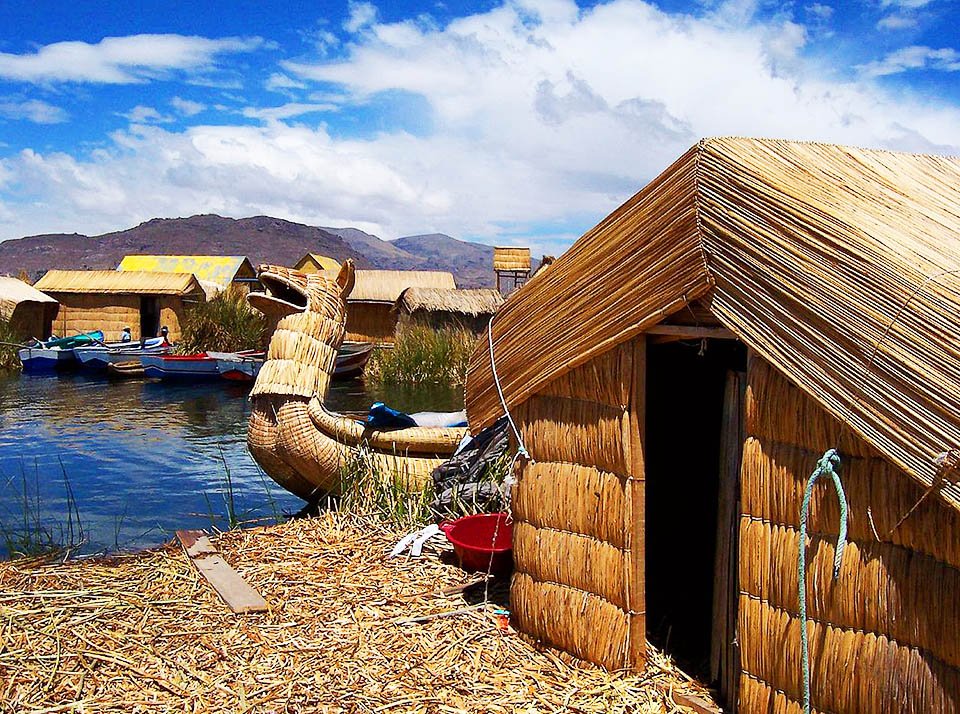
Original Indian customs and products actually please the eye and fascinate, but you can feel commercialism in all of this. A nice Peruvian student from the reception desk at the hostel told me that a large part of the inhabitants of the Floating Islands actually spend their nights on land and go to the islands in the early dawn, only for the benefit of tourism. I didn't check it the hard way, but there is something to it - while exploring the islands on Lake Titicaca, I felt a certain artificiality in treating tourists and the pursuit of money.
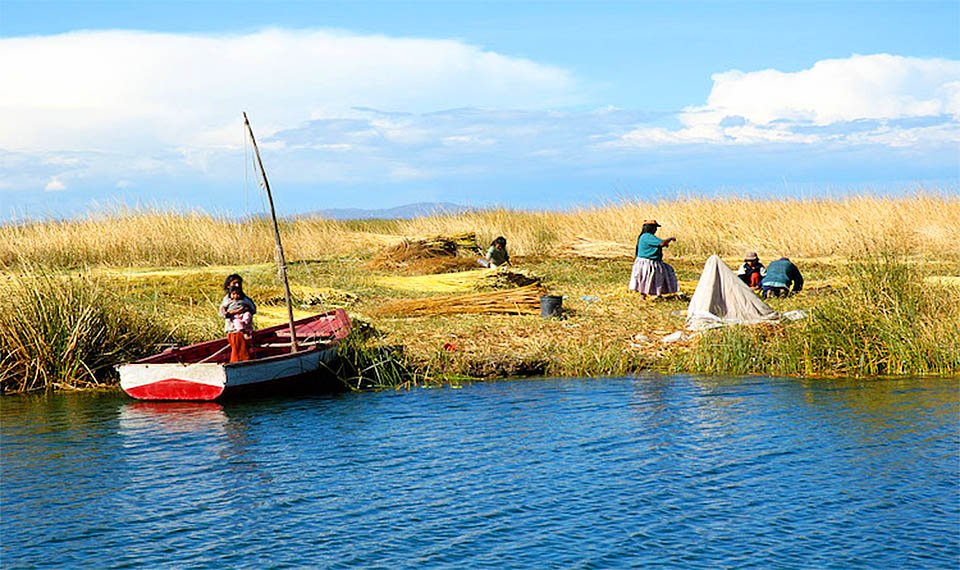
Is it worth visiting Lake Titicaca in Peru?
There is another important aspect of visiting Lake Titicaca that I have not mentioned so far. I am referring to environmental issues that go beyond simply caring for the environment. Unfortunately, in the last several years, Titicaca has been a victim of a huge natural disaster caused by Peru and Bolivia. Both Puno and Copacabana do not have a modern sewage treatment plant, which ends up in the lake almost unprocessed. Not only does it lead to the death of the local fauna and flora (I saw several decaying birds tangled in the rushes on the surface), but it also makes the lake… just stinky. The smell is not constant, but a cruise on Titicaca to one of the islands can be just unpleasant. Add to that the issue of the heavily commercialized area and the rather unleavened Puno, a rather unpleasant picture of Lake Titicaca emerges.
I am not writing this to discourage you from visiting the lake or avoiding its surroundings. To tell the truth, I liked the visit to Puno and the islands very much, and I turned a blind eye to the above unpleasantness - with pain, but still. Nevertheless, I believe that you have the right to be fully informed about the local tourist attractions before planning your trip to Peru. And since Lake Titicaca is not as colorful as it is described in the guidebooks... Well, you should be aware of that before making a decision about a trip to Peru!
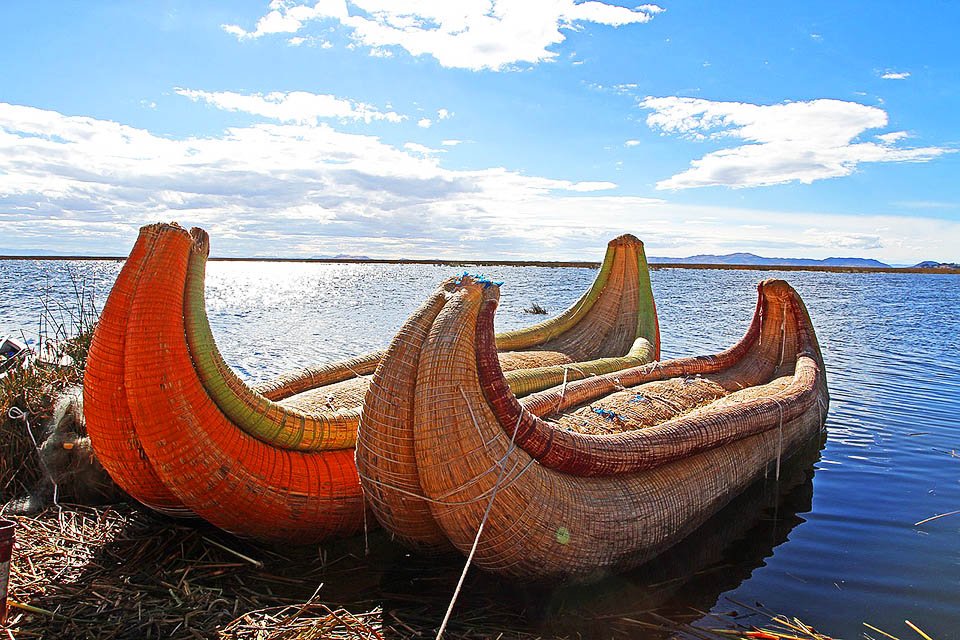
Summary
As a traveler with body and soul, I must admit that not often articles about places that I was not delighted end up here. However, I hope that this travel guide and tourist attractions about Lake Titicaca will be useful to you, and you will surely like this interesting place. I also invite you to view other articles on my travel blog!
-
Travel Center1st March 2021, 12:28
Super article Wojtek, Keep up the good work. I will be travelling to Peru next month and now i have something really adventurous to explore ;) What would the cost be for a night?
-
Chris6th October 2021, 12:12
For me Floating Islands of Uros are taking the top spot there. Its quite amazing how locals are really kind to tourists.
-
Maldives Holiday packages from South Africa8th October 2022, 14:53
Its spectacular beaches, lip-smacking delicacies and beautiful and snug hotels make it an excellent vacation vacation spot for those who search to relax and rejuvenate.



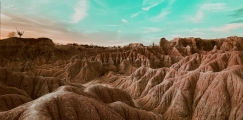


This text was translated automatically. Original text is below: Jedna ze starych peruwiańskich legend mówi, że Inkowie mieli ukryć pożądane przed konkwistadorów złoto w podwodnym mieście Wanaku. Jego najbardziej prawdopodobną lokalizacją wydawało się właśnie jezioro Titicaca.